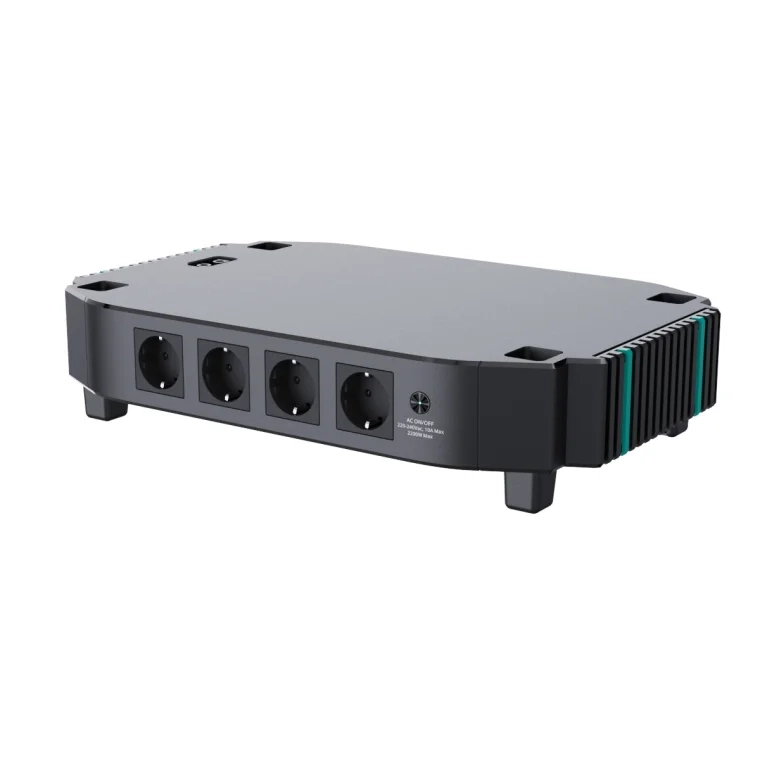Maintaining clean and hygienic floors is essential for a healthy and aesthetically pleasing environment. However, achieving spotless floors requires more than just regular mopping. In this blog post, we will delve into the world of floor cleaning chemicals, exploring the various types and their specific functions. By understanding the chemistry behind these agents, you can make informed decisions to ensure effective floor cleaning.
- Alkaline Cleaners:
Alkaline cleaners, also known as degreasers, are commonly used to remove tough stains and grease from floors. These cleaners typically contain alkaline salts such as sodium hydroxide or potassium hydroxide. Alkaline solutions work by breaking down organic matter, emulsifying oils, and neutralizing acidic substances. They are particularly effective on tile, concrete, and vinyl floors. - Acidic Cleaners:
Acidic cleaners are ideal for removing mineral deposits, rust stains, and hard water marks from floors. These cleaners contain acids like hydrochloric acid or phosphoric acid. Acidic solutions work by dissolving mineral deposits and breaking down stubborn stains. However, caution must be exercised when using acidic cleaners on certain surfaces like marble or limestone, as they can cause etching or damage. - Enzyme-based Cleaners:
Enzyme-based cleaners are gaining popularity due to their eco-friendly and effective cleaning properties. These cleaners utilize enzymes derived from natural sources, such as bacteria or fungi, to break down organic matter. Enzymes work by accelerating chemical reactions, effectively removing stains and odors. They are particularly useful for eliminating pet stains and odors from carpets and other porous flooring materials. - Neutral Cleaners:
Neutral cleaners are versatile and suitable for regular maintenance cleaning. They have a pH level close to neutral (around 7) and are formulated to clean a wide range of floor surfaces without causing damage. These cleaners are often used in commercial settings where different types of flooring materials are present. Neutral cleaners effectively remove dirt and grime without leaving behind residue or affecting the floor's finish. - Disinfectants:
In certain environments, such as hospitals or food preparation areas, it is crucial to not only clean but also disinfect floors. Disinfectants contain antimicrobial agents that kill or inhibit the growth of microorganisms. Common disinfectants include quaternary ammonium compounds, hydrogen peroxide, or chlorine-based compounds. It is important to follow the manufacturer's instructions for proper dilution and contact time to ensure effective disinfection.
Conclusion:
Choosing the right floor cleaning chemicals is essential for achieving optimal cleanliness and maintaining the longevity of your floors. Understanding the different types of chemicals and their specific functions empowers you to make informed decisions. Whether you need to remove tough stains, disinfect high-risk areas, or perform regular maintenance cleaning, there is a suitable chemical for every purpose. Remember to always follow safety guidelines and manufacturer instructions when using these chemicals to ensure both effective cleaning and personal safety.





